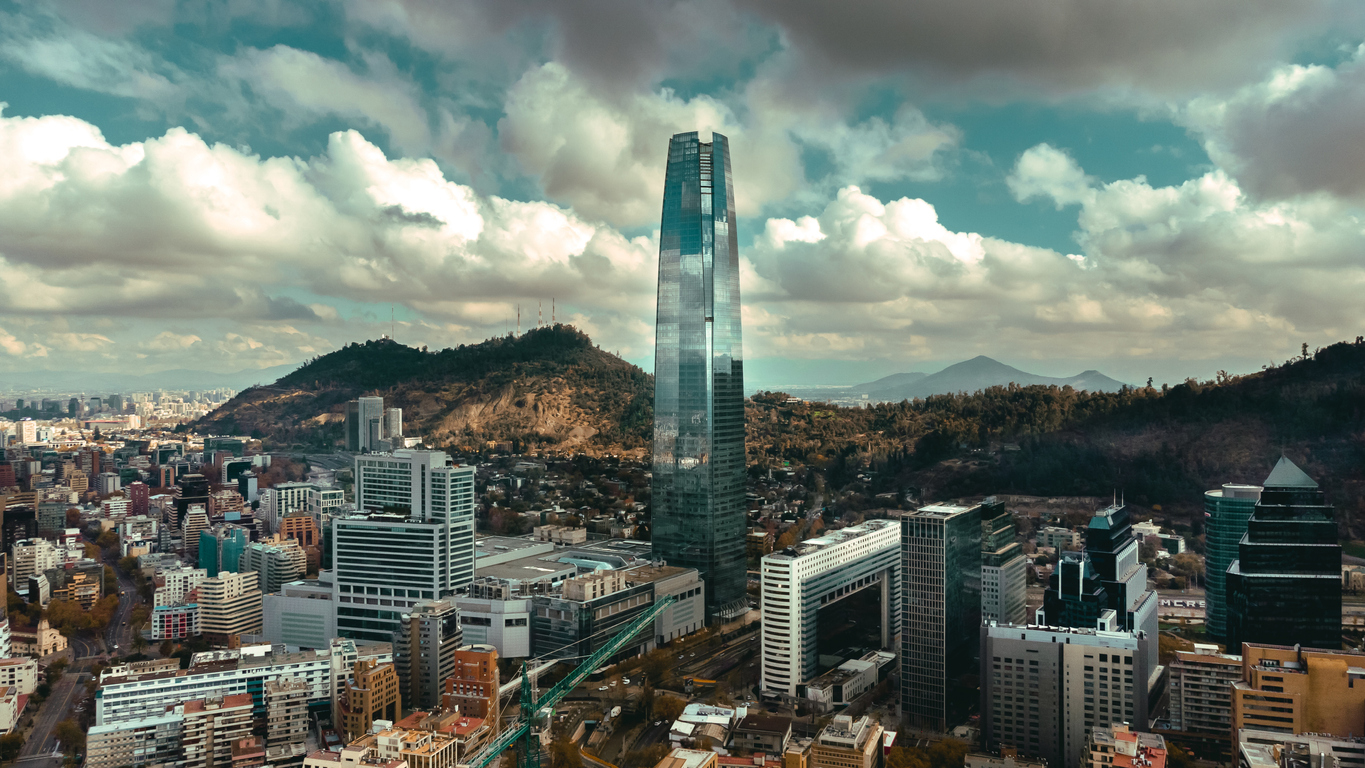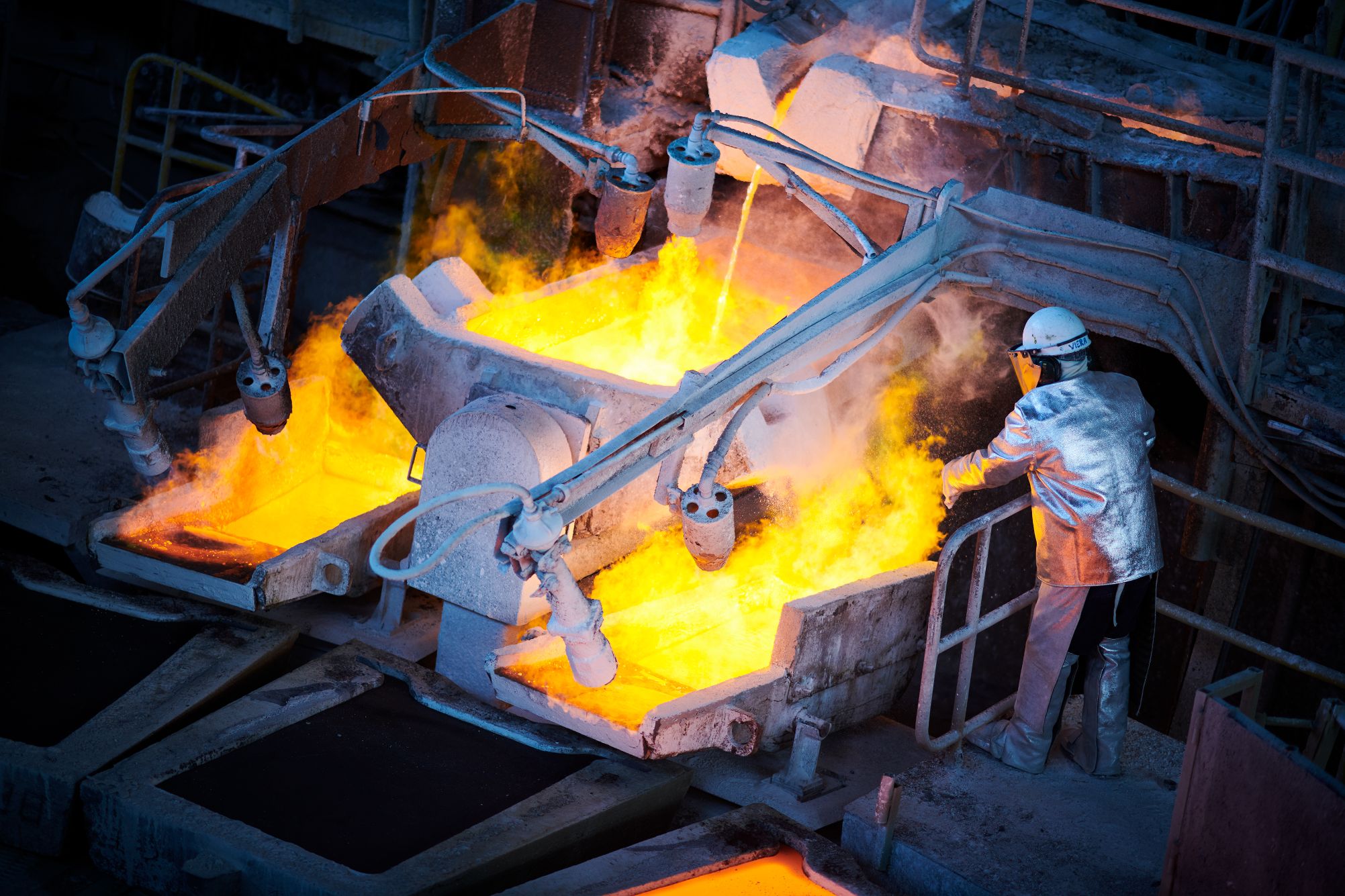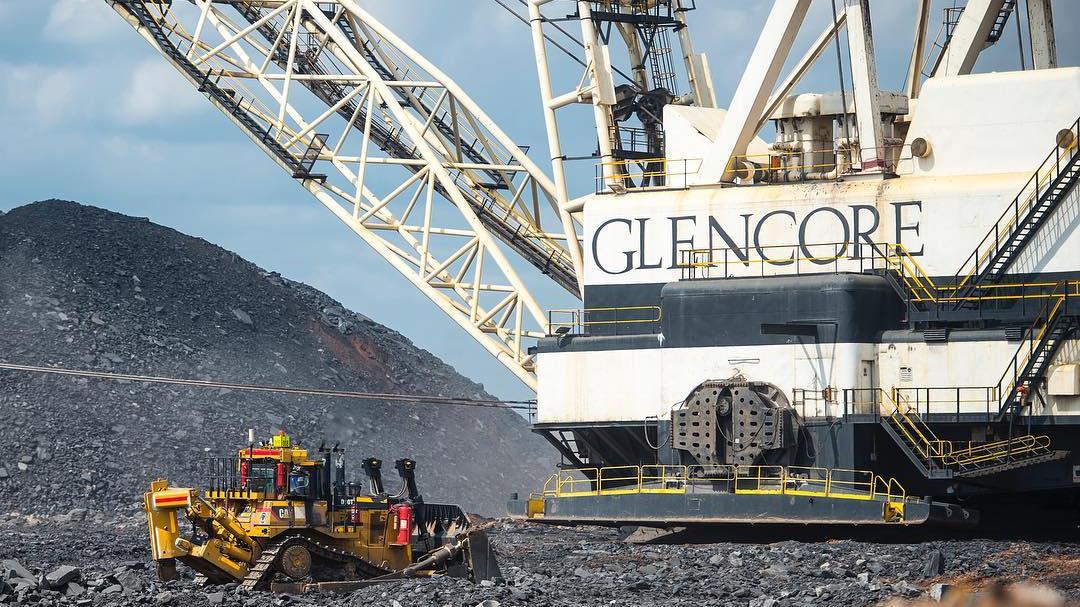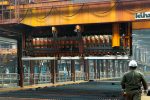
Gabriel Boric, a young leftist millennial was just elected as Chile’s new president on Sunday, and he is ready to make important changes for the nation and fellow Chileans.
Boric won 56% of the votes compared to his main opponent, lawmaker José Antonio Kast, who won 44% of the votes with more than 90% of polling stations releasing their data.
One of the first major changes of the young new leader will be drafting a new constitution, which will likely bring about updated legal and political changes surrounding environmental issues, gender inequality, Indigenous rights, just to name a few important issues.
One of those issues, mining, remains in the balance as some of the world’s biggest mining companies wait for decisions and the new president to set the tone through policy.
A Liberal Shift
Boric, who is 35, will be the youngest leader of Chile and most liberal since President Salvador Allende, who left behind a 17 year long excruciating dictatorship. Kast, who has a past of supporting the past military dictatorship, tweeted a photo of himself and Boric congratulating him on his “grand triumph,” saying “from now on, he is the president-elect of Chile and deserves all our respect and constructive collaboration.”
Outgoing President Sebastian Pinera also held a video conference call with Boric to congratulate him, and said “I am going to be the president of all Chileans,” in his brief TV appearance.
Boric will take over the office in March, and was able to win the majority of the votes from the public by committing to change the lasting effects from the 1973 to 1990 dictatorship. He plans to raise taxes on the “super-rich” in order to expand social services, fight inequality and focus on ways to help the economy into the green movement by implementing more environmentally friendly methods for production.
“We are a generation that emerged in public life demanding our rights be respected as rights and not treated like consumer goods or a business,” Boric said. “We know there continues to be justice for the rich, and justice for the poor, and we no longer will permit that the poor keep paying the price of Chile’s inequality.”
Mining Companies Wait for Decisions
As Chileans celebrate the young leader and his potential, important and necessary changes the country needs, it is somewhat unclear how the mining industry will adapt to new changes from the millennial president. As talks of a greener economy continue, Boric does not want to take away incentives to invest in the mining sector, according to Kracht, head of the mine engineering department at the University of Chile and a director at copper research center CESCO. However, Boric may find difficulty balancing his agenda with balancing the success of the country’s mining industry.
“There’s no intention to change the rules of the game, just to strengthen institutionality so that things function better,” Kracht said.
Chile is home to some of the biggest copper mining companies in the world, including state-owned Codelco, BHP Billiton (ASX:BHP), Glencore (LON:GLEN), Anglo American (LON:AAL) and Antofagasta (LON:ANTO). Having this many big miners in one country shows the work Boric has cut out for himself in the coming years.
The National Mining Society (Sonami) said in a statement that voters have “sent a clear message” about the need to maintain Chile’s economic and social development. “We trust that the spirit of programmatic convergence, moderation and openness to dialogue shown during the last week of the campaign will prevail,” it added.
However, an already alarming decision has already been made from Boric regarding future mining operations. He pledged to oppose the $2.5 billion iron-copper mine, known as the Dominga mine, which was just approved in August after years of legal battles back and forth.
“We don’t want more ‘sacrifice zones’ (areas of high pollution), we don’t want projects that destroy our country, destroy communities and we exemplify a case that has been symbolic: No to Dominga,” Boric said.
This is an environmentally controversial project that investors will be watching out for in the future. His pledge to oppose the mine could be seen as a warning shot for companies outside of ESG compliance. Besides such projects, the economic benefits of the mining industry and the large windfall taxes they produce for the country will be at the top of every discussion for Chile’s Constitutional Assembly.
Environmental reform is only one side of the agenda for the incoming President, and while some projects will need to adjust to regulations or shifts in the economic climate, the mining industry is prepared to deal with challenges from a shifting political climate.
Multiple Mineral Channels
Chile is also home to the world’s largest lithium reserves, the important metal that is being used around the world for mainly electric vehicle batteries. These EV batteries eliminate the need for gases and fossil fuels, which have a huge negative impact on the environment.
Boric in the past has criticized privatization in the mining sector and would like to see the state have its own lithium firm. The country is also debating raising taxes on mining firms, which Boric supports, along with a stalled bill to protect glaciers in the mineral-rich Andes. The mining industry fears this new bill could potentially “risk current mines and obstruct new ones.”
Firms affected by these potential changes include Codelco, as well as Anglo American’s Los Bronces, Los Pelambres of Antofagasta, and Caserones, linked to JX Nippon Mining. While major mining companies may see their tax bills rise, junior mining companies could remain largely unaffected as this only applies to certain larger thresholds for projects that exploration companies might not pass.
Boric is passionate about saving the environment, but also understands these changes need to be gradual in order to support its mining firms and economy.
“Not everything can be done at the same time and we will have to prioritize to make progress that allows us to improve, step by step, the lives of our people,” he said.
It is unclear how the decisions of the new, young president will pan out. The environment is an important and necessary aspect of life for everyone, and the mining sector is an important and crucial part of the economy. Mining companies will be anxiously watching for signs of a friend or foe in the Presidential Palace.
The above references an opinion and is for information purposes only. It is not intended to be investment advice. Seek a licensed professional for investment advice. The author is not an insider or shareholder of any of the companies mentioned above.

Evolution Mining (ASX:EVN), based in Australia, is a globally recognized gold miner. On October 5, 2021, the company acquired the Ernest Henry Mining (EHM) copper and gold mine in Queensland, Australia, from Glencore (LON:GLEN) for $729.60 million (A $1 billion).
Ernest Henry includes an underground mine that produces copper and gold concentrate that is transported to Mount Isa Mines for smelting.
Evolution acquired the company $582 million (A$800 million). After completion of 12 months, a further A$200 million will be paid. Evolution had previously acquired an economic interest in Ernest Henry in 2016 through a joint structure, with the asset managed and operated by Glencore. This new deal brings the Ernest Henry Mine under Evolution’s control and ownership. Evolution is now the sole owner of the asset so it will assume full ownership of its operations as well.
An Exit for One of the World’s Largest Natural Resource Companies
Glencore is one of the world’s largest diversified natural resource companies, as well as a major producer and marketer of more than 60 commodities. In Australia, Glencore produces coal, copper, cobalt, nickel, zinc, lead, silver, and gold between 26 mining operations. Glencore is also one of the country’s biggest employers.
Glencore employs approximately 17,700 people in Australia (including around 600 at the Ernest Henry Mine) and in 2020 the company contributed more than $13.8 billion to the regional, state, and national economies.
Glencore CEO Gary Nagle said in a statement, “Evolution has been a strong partner at Ernest Henry Mine for five years. They share our way of working and our commitment to operating responsibly in all aspects of the business.”
Glencore’s commitment to northwest Queensland will continue with the Mount Isa Mines copper and zinc complex, copper smelter, and Townsville copper refinery. Glencore will also pivot from this mine and increase its focus on lower-cost, long-life copper assets in its global portfolio, such as those in Africa and South America.
Shares of Evolution Mining Ltd (ASX: EVN) were up nearly 8% on the day of the announcement.
An Effort to Boost Production
The company advised that the acquisition will increase its copper production from its previous forecast to between 34,000 and 38,000 tons and reduce its all-in sustaining cost (AISC) to around A$90 to A$100 per ounce. This will help cement it as one of the lowest-cost gold producers in the world.
The recent acquisition aligns with Evolution’s strategy of investing in assets with immediate material increase in cash flow generation.
Once the initial $800 million round of the transaction is completed, Evolution will have about $900 million in liquidity available at settlement, the release noted.
Evolution Mining’s CEO said, “We have long coveted ownership of Ernest Henry. It is a world-class asset, in Australia, and one we know extremely well due to our successful investment in the asset in 2016 and we are proud that it will once again be 100% Australian. The acquisition is consistent with our strategy, substantially improves the quality of our portfolio and offers both strong cash flow and life-of-mine extension opportunities.”
He continued, “The site management team has an outstanding track record of operational delivery and we are delighted to have them join Evolution and look forward to working with them to make this an even better operation. We are also pleased to continue our strong relationship with Glencore and that product will continue to be treated in the local region at their Mt Isa smelter and Townsville refinery.”
The above references an opinion and is for information purposes only. It is not intended to be investment advice. Seek a licensed professional for investment advice. The author is not an insider or shareholder of any of the companies mentioned above.

The African continent is known for its wealth of different minerals, mostly its abundance of oil, gold and diamonds. However, Africa is one of the world’s most important sources of copper and has some of the most impressive copper belts. In fact, Africa is among the top 10 copper producing regions in the world. Copper production is dominated mainly by Zambia, South Africa and the Katanga province in the southern Democratic Republic of Congo. Many other African nations contribute to total copper production.
The price of copper, and other commodities, has reached a record high in recent years and months. Not surprisingly, thieves have turned their criminal efforts to the theft of copper-laden trucks and copper in general. Thieves have even been involved in the malfunctioning of the state-owned railroads in Africa, stealing copper cables from the railway network to sell the valuable metal.
Copper trucks and the electrical installation of trains in Africa have not been the only companies affected by copper theft. There have also been a number of utility outages due to copper cable theft in previous years. Although copper is a common theft, vandalism of other metals such as aluminum conductors installed on transmission lines and steel from support towers has been reported over the past few years.
Glencore, one of the world’s largest copper producers, owns two large-scale copper and cobalt mines in the country: Katanga and Mutanda, which produce copper cathodes and cobalt hydroxide.
Between January and May of this year, at least 66 copper trucks belonging to merchant miners, including Glencore, Trafigura and Traxys, have been shrewdly robbed. The robberies were carried out while the trucks, loaded with copper, were on their way to different ports.
According to sources who declined to be identified because of the sensitivity of the problem, kidnappings have increased in recent months in Botswana, The Democratic Republic of Congo, South Africa, Tanzania and Zambia due to rising copper prices. At least 60% of the kidnappings have occurred in South Africa.
The Democratic Republic of Congo is Africa’s leading copper producer and the fourth largest copper producer globally. In 2019, the DRC’s copper mine production amounted to 1.3 million metric tons. Zambia, meanwhile, is Africa’s second largest copper producer and accounts for 70% of the continent’s total copper production.
Copper mined in Zambia and Congo accounts for about 10% of global supplies, estimated at 24 million tons, and is transported to ports in southern Africa. Occasionally, trucks loaded with copper en route to their destination are intercepted and robbed by organized crime gangs to re-sell the copper locally or transport it for sale in neighbouring countries.
In order to re-sell the stolen copper, the criminals melt the copper to remove the serial numbers and ownership marks. Eventually the stolen goods arrive in China or other countries where the high demand for copper has reached an all-time high of over $10,700 per ton in May. As manufacturing activity accelerated and economies opened up after COVID-19, global demand picked up, helping to drive copper prices higher by the ton.
As noted by Reuters, with an average truck carrying between 32 and 34 tons of copper cathodes, the thefts would amount to approximately $21 million worth of copper at current prices. It also added that in June and July, more trucks have been stolen. The source did not provide exact figures for the thefts in those months, however, one truck that was robbed on July 9 was reported to be worth $470,000.
Currently around $9,700, copper prices and metals used mostly in the energy and construction industries have risen more than 50% in the last 12 months.
The above references an opinion and is for information purposes only. It is not intended to be investment advice. Seek a licensed professional for investment advice. The author is not an insider or shareholder of any of the companies mentioned above.
If you would like to receive our free newsletter via email, simply enter your email address below & click subscribe.
CONNECT WITH US
Tweets
Tweet with hash tag #miningfeeds or @miningfeeds and your tweets will be displayed across this site.
MOST ACTIVE MINING STOCKS
Daily Gainers
 Lincoln Minerals Limited Lincoln Minerals Limited |
LML.AX | +125.00% |
      |
GCR.AX | +33.33% |
      |
CASA.V | +30.00% |
      |
AHN.AX | +22.22% |
      |
ADD.AX | +22.22% |
      |
AZM.V | +21.98% |
      |
NSE.V | +21.05% |
      |
DYG.V | +18.42% |
      |
AAZ.V | +18.18% |
      |
GLA.AX | +17.65% |

 Follow us on Twitter
Follow us on Twitter Become our facebook fan
Become our facebook fan







